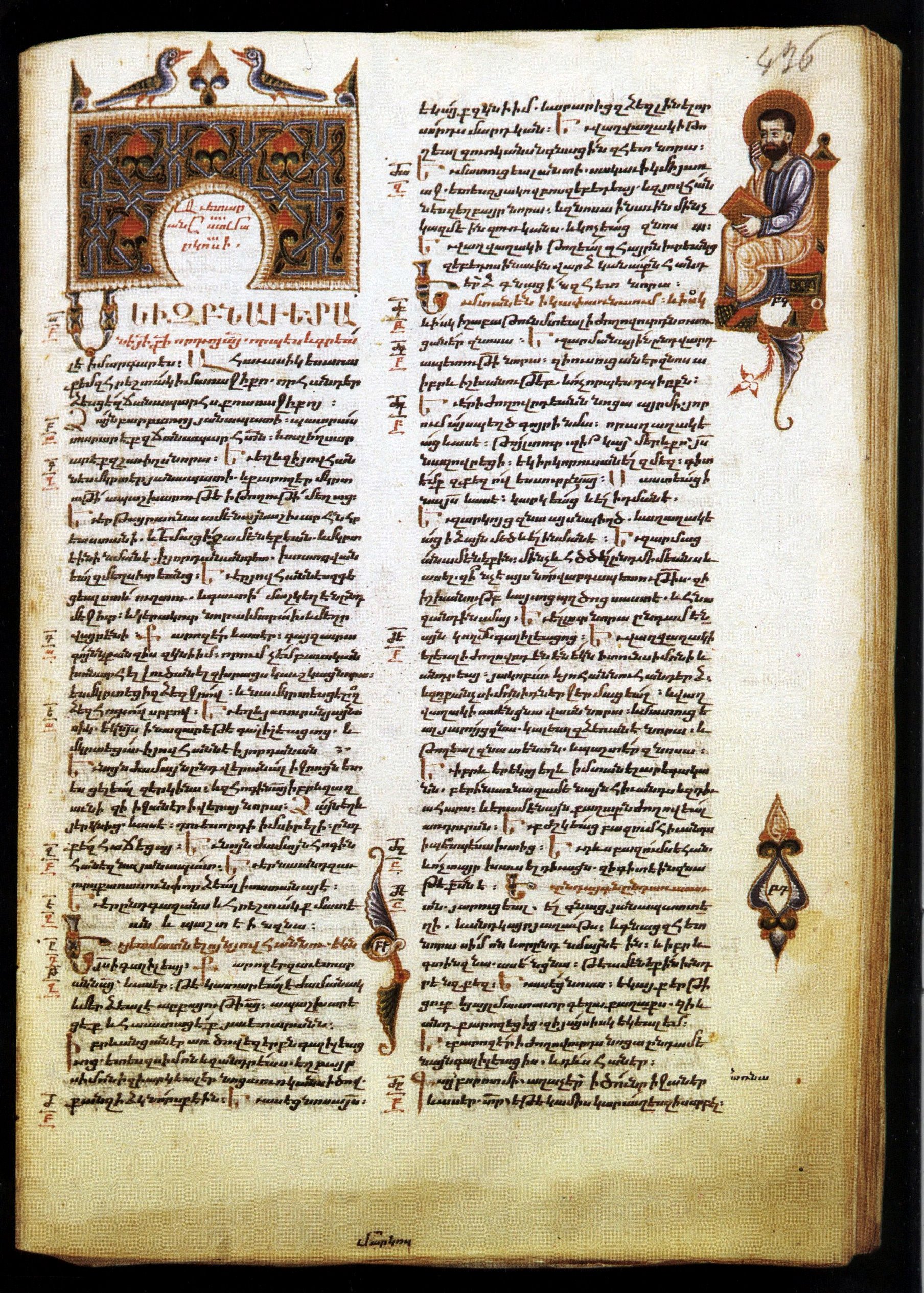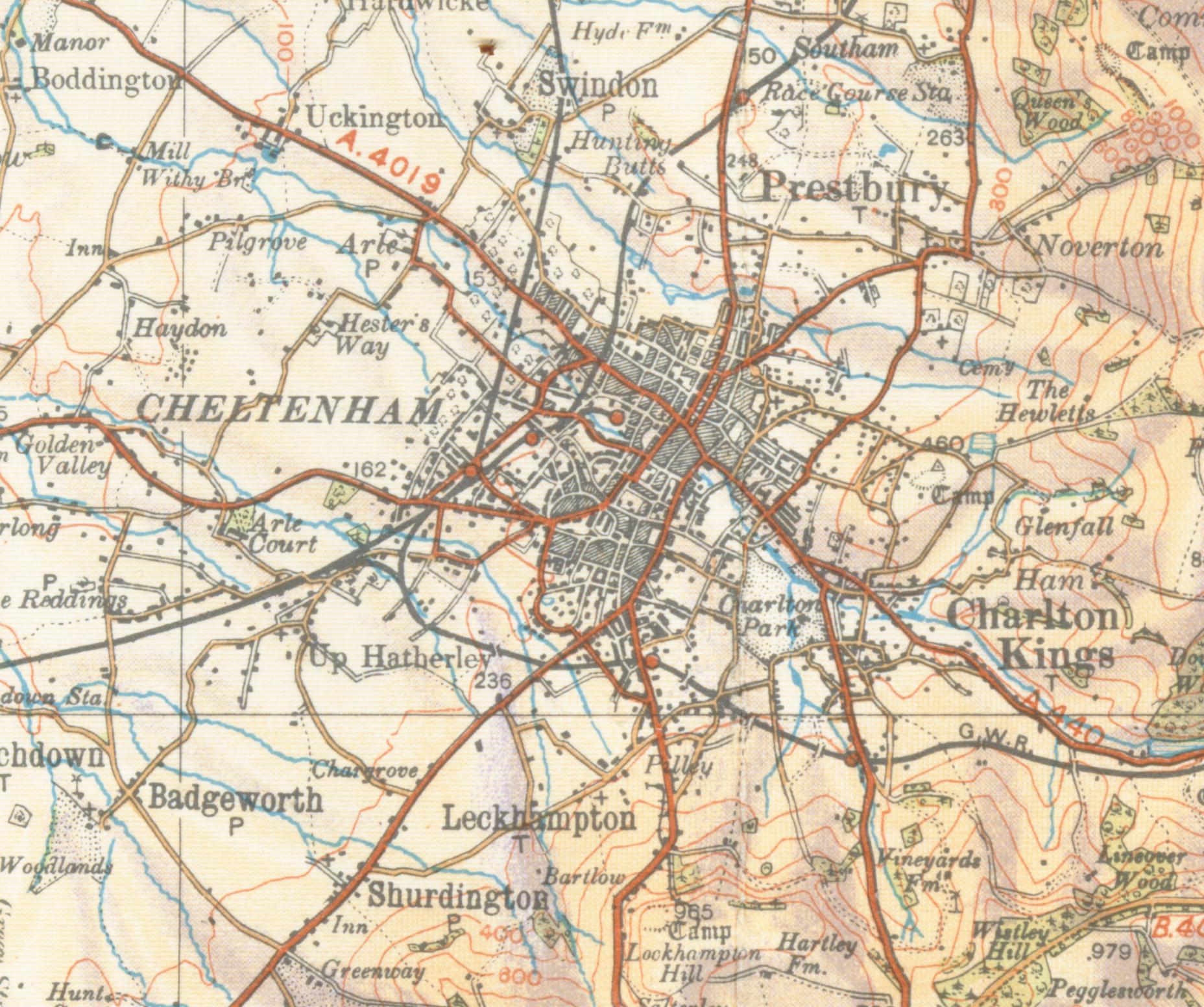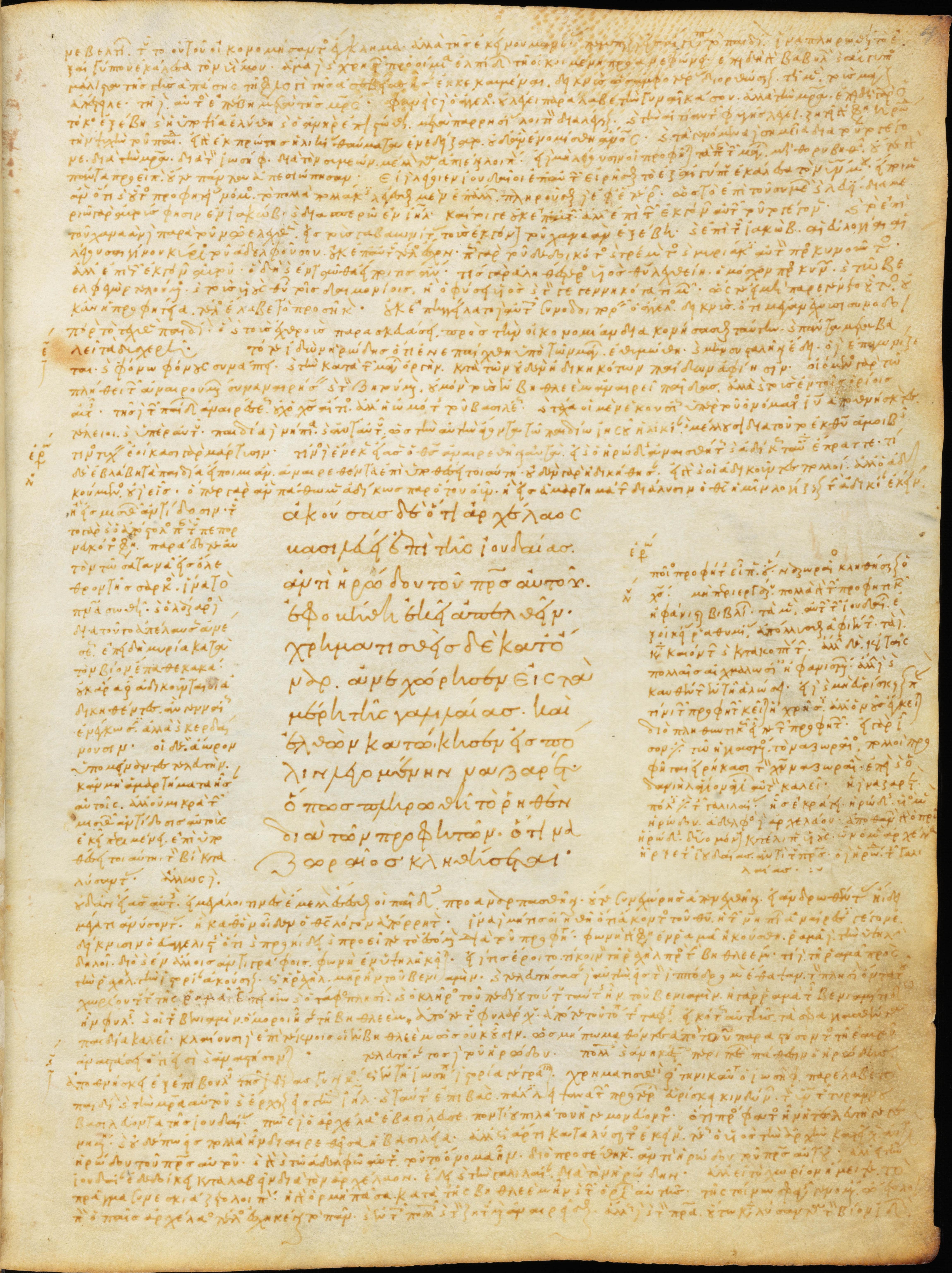|
Minuscule 676
Minuscule 676 (in the Gregory-Aland numbering) α 573 (Soden). It is a Greek minuscule manuscript of the New Testament, on 344 parchment leaves (19.6 cm by 15 cm). It is dated palaeographically to the 13th century. Written in one column per page, 28 lines per page in minuscule letters.K. Aland, M. Welte, B. Köster, K. Junack, ''Kurzgefasste Liste der griechischen Handschriften des Neues Testaments'', Walter de Gruyter, Berlin, New York 1994, p. 87. It was labelled by Scrivener as 527e. Description The codex contains the text of the four Gospels, Book of Acts, Pauline epistles, and catholic epistles, with some lacunae (Matthew 9:36-10:22; Mark 1:21-2:1; John 1:1-22). It contains the tables of the are placed before every book, lectionary markings, incipits, (''lessons''), Synaxarion, Menologion, subscriptions at the end of books, Euthalian Apparatus, seven illuminations. The Old Testament quotations are marked with inverted comma (>). It was written by several han ... [...More Info...] [...Related Items...] OR: [Wikipedia] [Google] [Baidu] |
Gospel
Gospel originally meant the Christian message (" the gospel"), but in the 2nd century it came to be used also for the books in which the message was set out. In this sense a gospel can be defined as a loose-knit, episodic narrative of the words and deeds of Jesus, culminating in his trial and death and concluding with various reports of his post-resurrection appearances. Modern scholars are cautious of relying on the gospels uncritically, but nevertheless, they provide a good idea of the public career of Jesus, and critical study can attempt to distinguish the original ideas of Jesus from those of the later authors. The four canonical gospels were probably written between AD 66 and 110. All four were anonymous (with the modern names added in the 2nd century), almost certainly none were by eyewitnesses, and all are the end-products of long oral and written transmission. Mark was the first to be written, using a variety of sources. The authors of Matthew and Luke both indepe ... [...More Info...] [...Related Items...] OR: [Wikipedia] [Google] [Baidu] |
Kurt Aland
Kurt Aland (28 March 1915 – 13 April 1994) was a German theologian and biblical scholar who specialized in New Testament textual criticism. He founded the ''Institut für neutestamentliche Textforschung'' (Institute for New Testament Textual Research) in Münster and served as its first director from 1959 to 1983. He was one of the principal editors of '' Nestle–Aland – Novum Testamentum Graece'' for the Deutsche Bibelgesellschaft and '' The Greek New Testament'' for the United Bible Societies. Life Aland was born in Berlin- Steglitz. He started studying theology in 1933 at the Friedrich-Wilhelms-Universität in Berlin (he also studied philology, archaeology, and history). On 23 March that year, he was examined before the ''Bruderrat'' (council of brothers) in the '' Bekennende Kirche'' (Confessing Church). During his studies, he worked for the journal of the Confessing Church, ''Junge Kirche'' (Young Church). In an ideological brochure, ''Wer fälscht?'' (Who is lyi ... [...More Info...] [...Related Items...] OR: [Wikipedia] [Google] [Baidu] |
Cheltenham
Cheltenham (), also known as Cheltenham Spa, is a spa town and borough on the edge of the Cotswolds in the county of Gloucestershire, England. Cheltenham became known as a health and holiday spa town resort, following the discovery of mineral springs in 1716, and claims to be the most complete Regency town in Britain. The town hosts several festivals of culture, often featuring nationally and internationally famous contributors and attendees; they include the Cheltenham Literature Festival, the Cheltenham Jazz Festival, the Cheltenham Science Festival, the Cheltenham Music Festival, the Cheltenham Cricket Festival and the Cheltenham Food & Drink Festival. In steeplechase horse racing, the Gold Cup is the main event of the Cheltenham Festival, held every March. History Cheltenham stands on the small River Chelt, which rises nearby at Dowdeswell and runs through the town on its way to the Severn. It was first recorded in 803, as ''Celtan hom''; the meaning has not been resolved ... [...More Info...] [...Related Items...] OR: [Wikipedia] [Google] [Baidu] |
Worcestershire
Worcestershire ( , ; written abbreviation: Worcs) is a county in the West Midlands of England. The area that is now Worcestershire was absorbed into the unified Kingdom of England in 927, at which time it was constituted as a county (see History of Worcestershire). Over the centuries the county borders have been modified, but it was not until 1844 that substantial changes were made. Worcestershire was abolished as part of local government reforms in 1974, with its northern area becoming part of the West Midlands and the rest part of the county of Hereford and Worcester. In 1998 the county of Hereford and Worcester was abolished and Worcestershire was reconstituted, again without the West Midlands area. Location The county borders Herefordshire to the west, Shropshire to the north-west, Staffordshire only just to the north, West Midlands to the north and north-east, Warwickshire to the east and Gloucestershire to the south. The western border with Herefordshire incl ... [...More Info...] [...Related Items...] OR: [Wikipedia] [Google] [Baidu] |
Thomas Phillips
Thomas Phillips RA (18 October 177020 April 1845) was a leading English portrait and subject painter. He painted many of the great men of the day including scientists, artists, writers, poets and explorers. Life and work Phillips was born at Dudley, then in Worcestershire. Having learnt glass-painting in Birmingham under Francis Eginton, he visited London in 1790 with an introduction to Benjamin West, who found him employment on the painted-glass windows of St George's Chapel at Windsor. In 1791 he became a student at the Royal Academy, where, in 1792 he exhibited a view of Windsor Castle, followed in the next two years by the "Death of Talbot, Earl of Shrewsbury, at the Battle of Castillon", "Ruth and Naomi", "Elijah restoring the Widow's Son", "Cupid disarmed by Euphrosyne", and other pictures. After 1796, he concentrated on portrait-painting. However, the field was very crowded with the likes of John Hoppner, William Owen, Thomas Lawrence and Martin Archer Shee competing ... [...More Info...] [...Related Items...] OR: [Wikipedia] [Google] [Baidu] |
Minuscule 682
Minuscule 682 (in the Gregory-Aland numbering), ε 157 ( von Soden),Hermann von Soden, ''Die Schriften des neuen Testaments, in ihrer ältesten erreichbaren Textgestalt / hergestellt auf Grund ihrer Textgeschichte'' (Berlin 1902), vol. 1, p. 143. is a Greek minuscule manuscript of the New Testament, on parchment. Palaeographically it has been assigned to the 11th century. The manuscript has complex contents.Handschriftenliste at the Münster Institute labelled it by 533e. Description The codex contains the text of the four |
Minuscule 681
Minuscule 681 (in the Gregory-Aland numbering), ε 355 ( von Soden),Hermann von Soden, ''Die Schriften des neuen Testaments, in ihrer ältesten erreichbaren Textgestalt / hergestellt auf Grund ihrer Textgeschichte'' (Berlin 1902), vol. 1, p. 177. is a Greek minuscule manuscript of the New Testament, on parchment. Palaeographically it has been assigned to the 13th century. The manuscript has complex contents.Handschriftenliste at the Münster Institute labelled it by 532e. Description The codex contains the text of the four |
Minuscule 680
Minuscule 680 (in the Gregory-Aland numbering), δ 103 ( von Soden),Hermann von Soden, ''Die Schriften des neuen Testaments, in ihrer ältesten erreichbaren Textgestalt / hergestellt auf Grund ihrer Textgeschichte'' (Berlin 1902), vol. 1, p. 105. is a Greek minuscule manuscript of the New Testament, on parchment. Palaeographically it has been assigned to the 14th century. The manuscript has complex contents.Handschriftenliste at the Münster Institute labelled it by 531e, 199a, 231p, 104r. Description The codex contains entire of the |
Minuscule 679
Minuscule 679 (in the Gregory-Aland numbering), ε 354 ( von Soden),Hermann von Soden, ''Die Schriften des neuen Testaments, in ihrer ältesten erreichbaren Textgestalt / hergestellt auf Grund ihrer Textgeschichte'' (Berlin 1902), vol. 1, p. 177. is a Greek minuscule manuscript of the New Testament, on parchment. Palaeographically it has been assigned to the 13th century. The manuscript has complex contents.Handschriftenliste at the Münster Institute labelled it 530e. Description The codex contains the text of the four |
Minuscule 678
Minuscule 678 (in the Gregory-Aland numbering), ε 273 ( von Soden),Hermann von Soden, ''Die Schriften des neuen Testaments, in ihrer ältesten erreichbaren Textgestalt / hergestellt auf Grund ihrer Textgeschichte'' (Berlin 1902), vol. 1, p. 177. is a Greek minuscule manuscript of the New Testament, on parchment. Palaeographically it has been assigned to the 12th century. The manuscript has complex contents.Handschriftenliste at the Münster Institute labelled it by 529e. Description A more thorough, accurate description of the manuscript is under preparation (se[...More Info...] [...Related Items...] OR: [Wikipedia] [Google] [Baidu] |
Minuscule 677
Minuscule 677 (in the Gregory-Aland numbering), ε 353 ( von Soden),Hermann von Soden, ''Die Schriften des neuen Testaments, in ihrer ältesten erreichbaren Textgestalt / hergestellt auf Grund ihrer Textgeschichte'' (Berlin 1902), vol. 1, p. 177. is a Greek minuscule manuscript of the New Testament, on parchment. Palaeographically it has been assigned to the 13th century. The manuscript is lacunose.Handschriftenliste at the Münster Institute labelled it by 528e. Description The codex contains the text of the four |
Minuscule 556
Minuscule 556 (in the Gregory-Aland numbering), A 213 (in the Soden numbering), is a Greek minuscule manuscript of the New Testament, on a parchment. Palaeographically it has been assigned to the 12th century. Scrivener labelled it by number 526. Description The codex contains a complete text of the four Gospels on 197 parchment leaves (size ). The writing is in one column per page, 25 lines per page for the text, 61 lines for the commentary, in very minute letters. The text is divided according to the and the Ammonian Sections. The numerals of the are placed at the margin, and their (titles) at the top. There is another divisions according to the Ammonian Sections (in Mark 239 sections – the last in 16:20) with a references to the Eusebian Canons (in gold). It contains liturgical books with hagiographies (Synaxarion and Menologion), and pictures. The headpieces for the Gospels are beautifully illuminated. The biblical text is surrounded by a catena. It contains the P ... [...More Info...] [...Related Items...] OR: [Wikipedia] [Google] [Baidu] |




